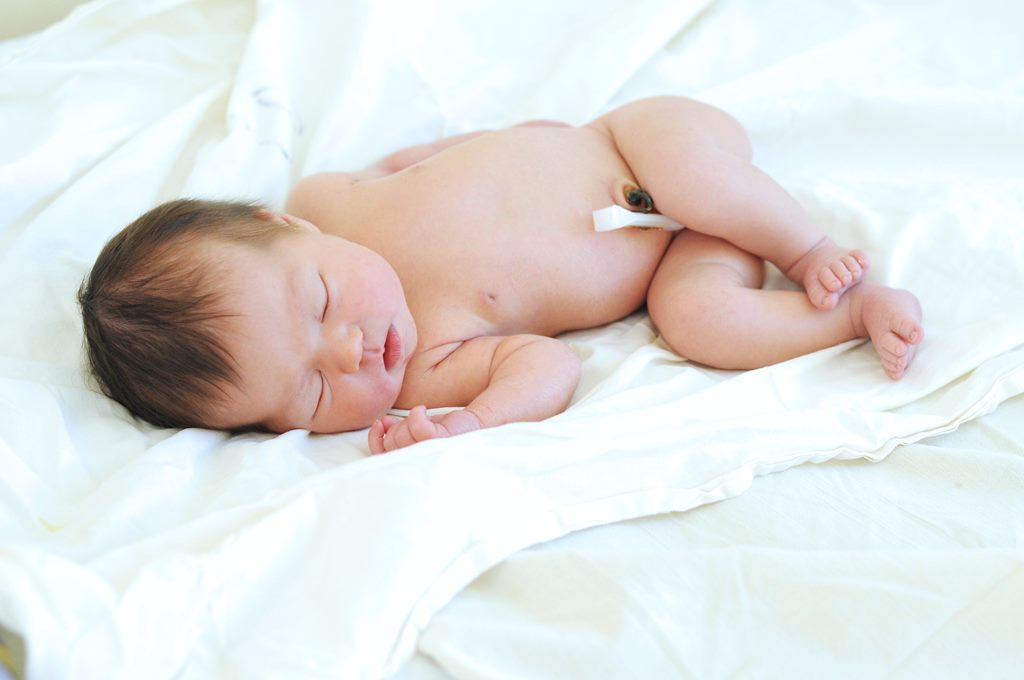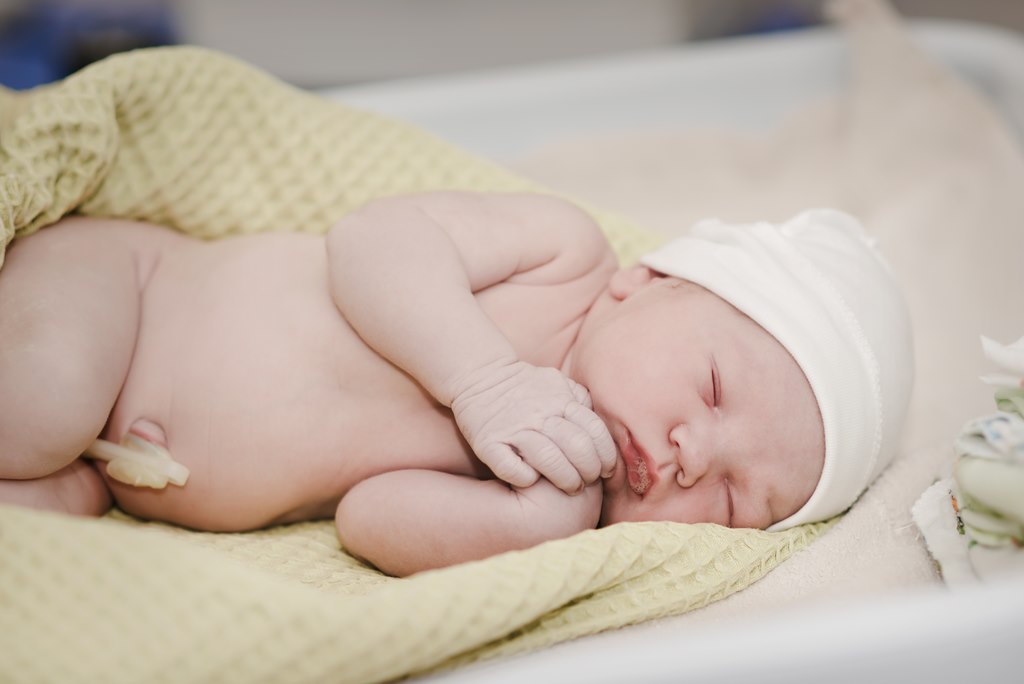Umbilical Cords: FAQs
The umbilical cord is a three-vein cord that carries nutrients and oxygen from a mother to the child she is carrying. It also carries away waste from the baby so the mother’s body can eliminate it. After you give birth, your doctor will clamp and cut the cord. This is not painful to your baby, as the cord has no nerves. However, there is a small stump on your newborn’s belly where the umbilical cord was cut. What do you need to know?
What is an umbilical cord stump?
The small stump left on your child’s belly may range from a half-inch to an inch long. Your newborn’s stump will gradually dry out and eventually fall off. This generally occurs one to three weeks after birth.
What should I do about the umbilical cord stump?
Allow the cord to be exposed to air frequently, as this allows the base of the cord to dry and will speed healing time. Using newborn diapers or folding your baby’s diaper down to leave the area uncovered will prevent irritation to the area. While it may be tempting to try and remove it yourself, do not pull on the stump. It is much better to let it fall off on its own. The cord stump might bleed a little when it falls off and this is normal.
How can I keep the umbilical cord stump clean?
Use sponge baths to keep your newborn clean until after the stump has fallen off. Avoid bathing your baby in the tub or sink where the area will be soaked in water. While there is no danger in getting the stump wet, it will dry out more quickly if it’s kept dry.
How can I keep the umbilical cord stump dry?
You’ll want to fan the umbilical stump dry, rather than rub, as rubbing can cause irritation. If the weather is warm, you can dress your baby in fewer clothes, which will help the cord to dry out. Little t-shirts and diapers are a good idea; wait on the onesies until after the cord stump has fallen off.
How do I know if there is a problem with my baby’s umbilical cord stump?
Infection of the umbilical cord requires immediate treatment. Contact our office promptly if you see any of the following, as these may be signs of an infection:
- The umbilical cord area is weeping pus
- The umbilical cord stump continues to bleed
- The stump produces a foul-smelling discharge
- The base of the stump appears red or swollen
- The surrounding skin becomes red and swollen
- The umbilical cord area develops a pink, moist bump
- If the area seems to cause your baby pain or discomfort (if they cry when you touch it, for example)
- Fever
- Irritability
Left untreated, infection of the umbilical cord stump can result in omphalitis, which is a life-threatening infection.
Does the umbilical cord stump affect the shape of my baby’s belly button?
No. Some people mistakenly believe that taping a coin or another flat object over the navel will help make sure their child has an “innie” belly button, but this is not true. The majority of newborns are innies. Outies develop when the skin grows around the umbilical cord while it is still in the womb.
Occasionally, an umbilical hernia can develop after a baby is born. The intestines push the belly button of the baby out because of a weakness or problem with the muscle wall. For many children, this hernia will resolve on its own by the time the child enters kindergarten. However, some kids need a minor surgery to correct it.
If the stump still hasn’t fallen off after three weeks, please give our office a call. While rare, this can be a symptom of an underlying problem and should be checked out.


